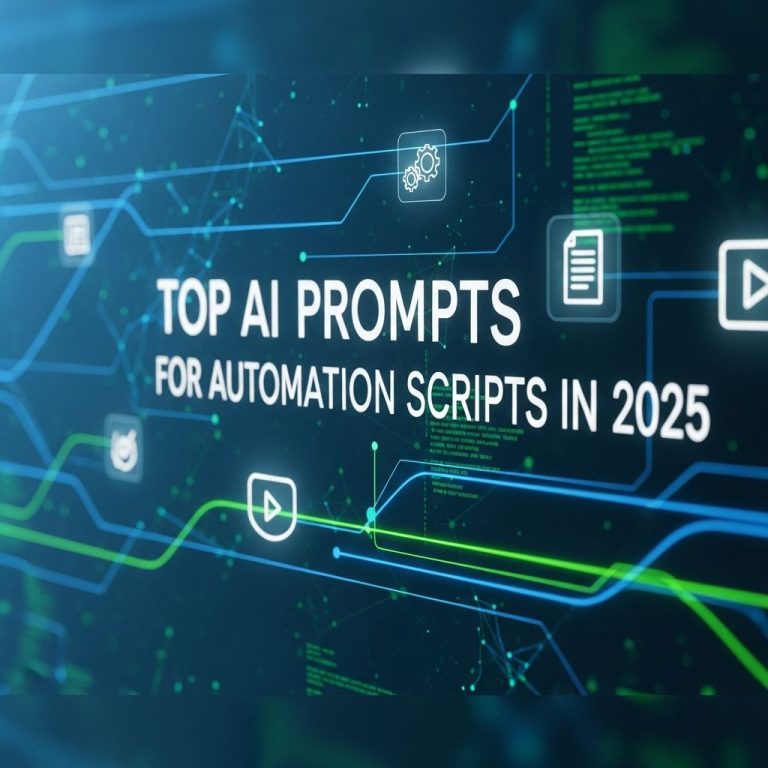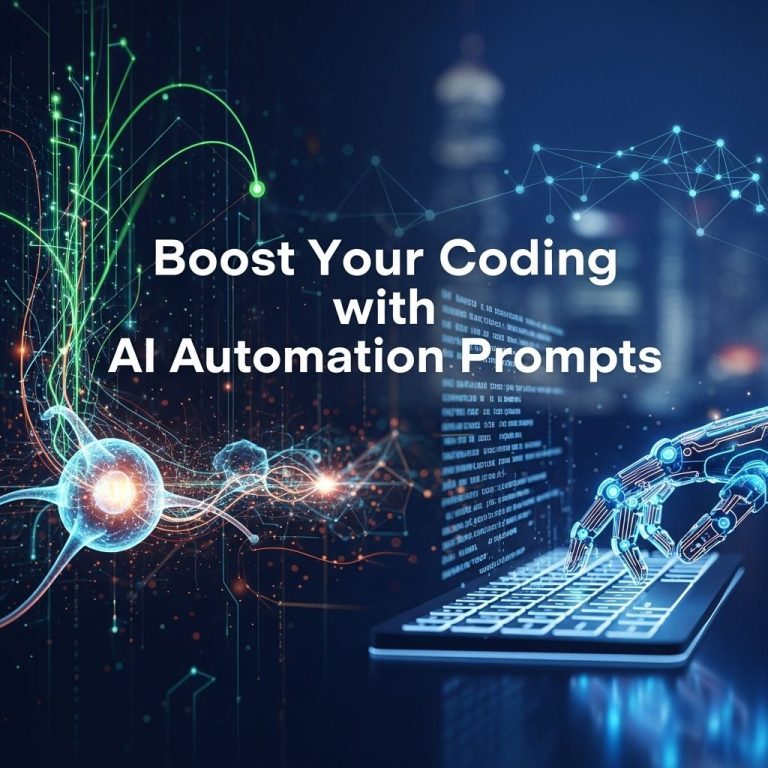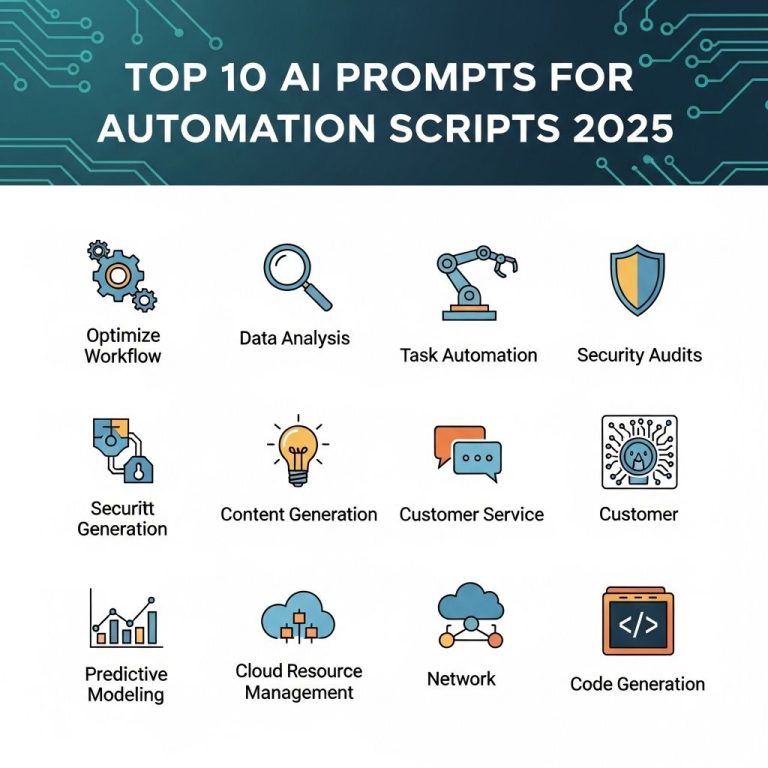The rapid evolution of technology has transformed how businesses operate, leading to a surge in the adoption of automation tools. Among these, low-code AI automation platforms are gaining significant traction, allowing organizations to develop robust applications without extensive programming knowledge. This article delves into the best low-code AI automation tools of 2025, highlighting their features, benefits, and use cases.
Understanding Low-Code AI Automation
Low-code platforms enable users to create applications through graphical user interfaces instead of traditional hand-coding. When combined with AI capabilities, these tools empower users to automate processes, analyze data, and make informed decisions swiftly. Here are some key characteristics of low-code AI automation tools:
- User-Friendly Interfaces: Drag-and-drop functionality simplifies the development process.
- Integration Capabilities: Seamless connections with existing systems and APIs.
- AI-Powered Features: Built-in machine learning algorithms for advanced data processing.
- Customization: Flexibility to tailor applications according to specific business needs.
Top Low-Code AI Automation Tools of 2025
1. Appian
Appian is a leading low-code automation platform that offers powerful AI capabilities. With its intuitive design and robust feature set, businesses can automate complex workflows efficiently.
Key Features:
- Low-code development environment
- AI-driven process mining
- Integrated RPA (Robotic Process Automation)
- Collaboration tools for teams
Use Cases:
- Customer onboarding
- Claims processing in insurance
- Supply chain management
2. Microsoft Power Automate
Power Automate, part of the Microsoft Power Platform, offers a comprehensive suite of automation tools. It allows users to create automated workflows between applications and services.
Key Features:
- Pre-built templates for various business scenarios
- AI Builder for adding intelligence to workflows
- Integration with Microsoft 365 and other applications
Use Cases:
- Email automation and notification systems
- Data synchronization across platforms
- Automating repetitive tasks in HR processes
3. Mendix
Mendix is a robust low-code platform that focuses on rapid application development with AI capabilities. It is designed for enterprises looking to accelerate their digital transformation.
Key Features:
- Collaboration tools for developers and business stakeholders
- AI-driven insights for application optimization
- Customizable UI components
Use Cases:
- Internal business applications
- Customer engagement solutions
- Real-time inventory management systems
4. Salesforce Lightning Platform
As part of its extensive ecosystem, Salesforce Lightning provides a low-code framework that integrates seamlessly with CRM functionalities. It offers customizable components to enhance user experience.
Key Features:
- Drag-and-drop interface for app development
- AI-driven recommendations via Einstein Analytics
- Strong community support and resources
Use Cases:
- Sales automation
- Customer service solutions
- Marketing campaign management
5. OutSystems
OutSystems is known for its enterprise-grade capabilities, providing an extensive low-code environment to design, develop, and deploy applications quickly.
Key Features:
- Full-stack visual development
- AI capabilities for predictive analytics
- Real-time performance monitoring
Use Cases:
- Digital banking applications
- Healthcare management systems
- Retail e-commerce platforms
Benefits of Low-Code AI Automation Tools
Investing in low-code AI automation tools can yield significant benefits for organizations, including:
- Increased Agility: Rapidly adapt to changing business environments with quicker development cycles.
- Cost Efficiency: Reduce the need for extensive coding and development resources, leading to lower operational costs.
- Enhanced Collaboration: Facilitate better communication between IT and business teams through user-friendly platforms.
- Scalability: Easily scale applications as organizational needs grow or change.
Choosing the Right Tool
Selecting the appropriate low-code AI automation tool requires careful consideration of specific business needs. Here are some factors to consider:
1. Identify Use Cases
Determine which processes you want to automate. Different tools excel in various areas, so aligning your requirements with the tool’s capabilities is essential.
2. Evaluate Integration Needs
Consider how well the tool integrates with your existing systems. Seamless integration reduces friction and enhances functionality.
3. Assess User-Friendliness
The level of technical expertise within your team should influence your choice. Opt for tools that provide a straightforward user interface.
4. Review Support and Community
Access to robust support and an active user community can significantly impact your success with the platform.
Conclusion
As we move into 2025, low-code AI automation tools are set to redefine how businesses approach process automation. By leveraging the capabilities of these platforms, organizations can streamline workflows, enhance productivity, and drive innovation. The tools mentioned above represent the forefront of this shifting landscape, providing versatile solutions for a wide range of business needs. Embracing these technologies will be crucial for companies aiming to stay competitive in an increasingly automated world.
FAQ
What are low-code AI automation tools?
Low-code AI automation tools are platforms that allow users to create applications and automate processes with minimal coding, leveraging artificial intelligence to enhance functionality and efficiency.
What features should I look for in low-code AI automation tools in 2025?
In 2025, look for features such as user-friendly interfaces, robust AI capabilities, integration with existing systems, scalability, and strong community support.
How can low-code AI automation tools benefit my business?
These tools can increase productivity, reduce development time, enhance decision-making with AI insights, and enable non-technical users to contribute to app development.
Are low-code AI automation tools suitable for large enterprises?
Yes, many low-code AI automation tools are designed to scale and can meet the complex needs of large enterprises while maintaining ease of use.
What are some popular low-code AI automation tools to consider in 2025?
Some popular tools include Microsoft Power Apps, OutSystems, Mendix, and Appian, each offering various features tailored to different business needs.
Is coding knowledge required to use low-code AI automation tools?
No, low-code platforms are designed for users with little to no coding experience, making it accessible for business users and citizen developers.




